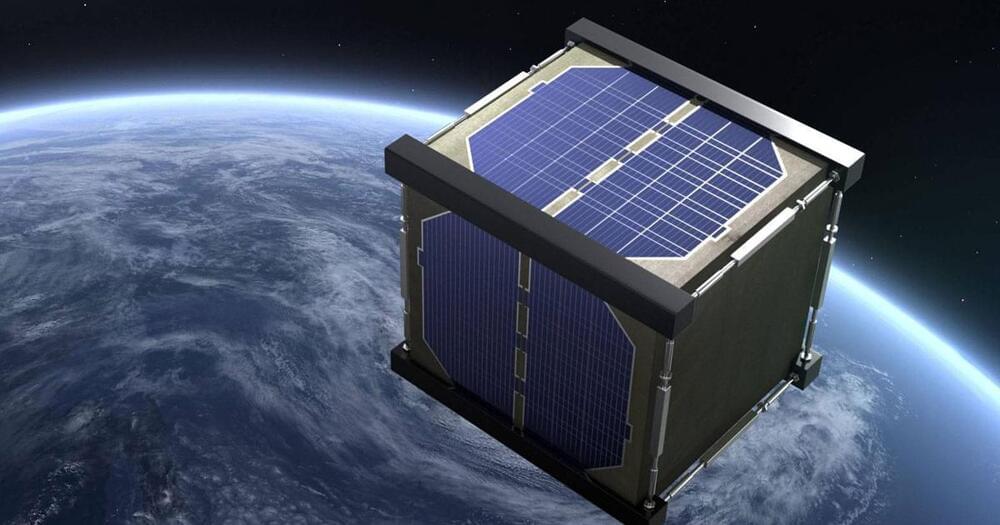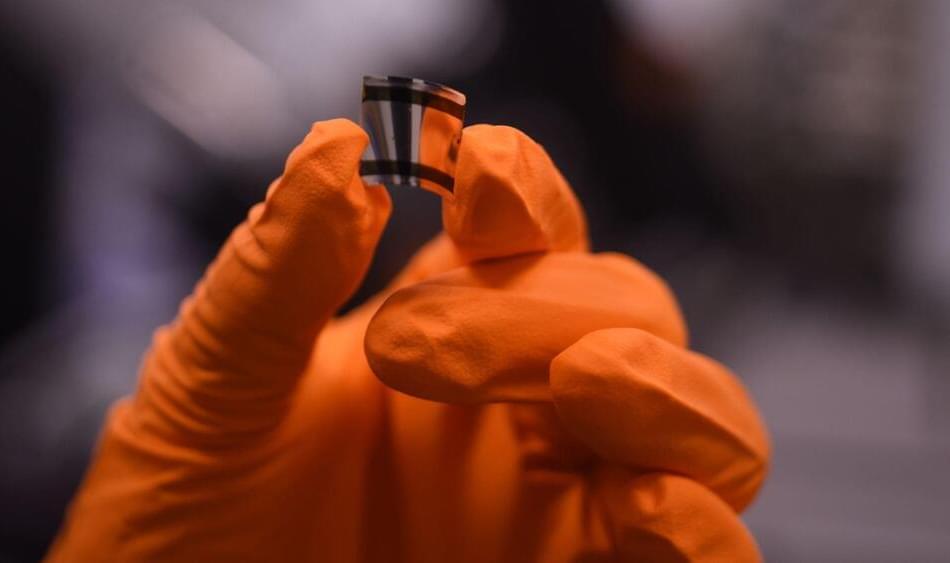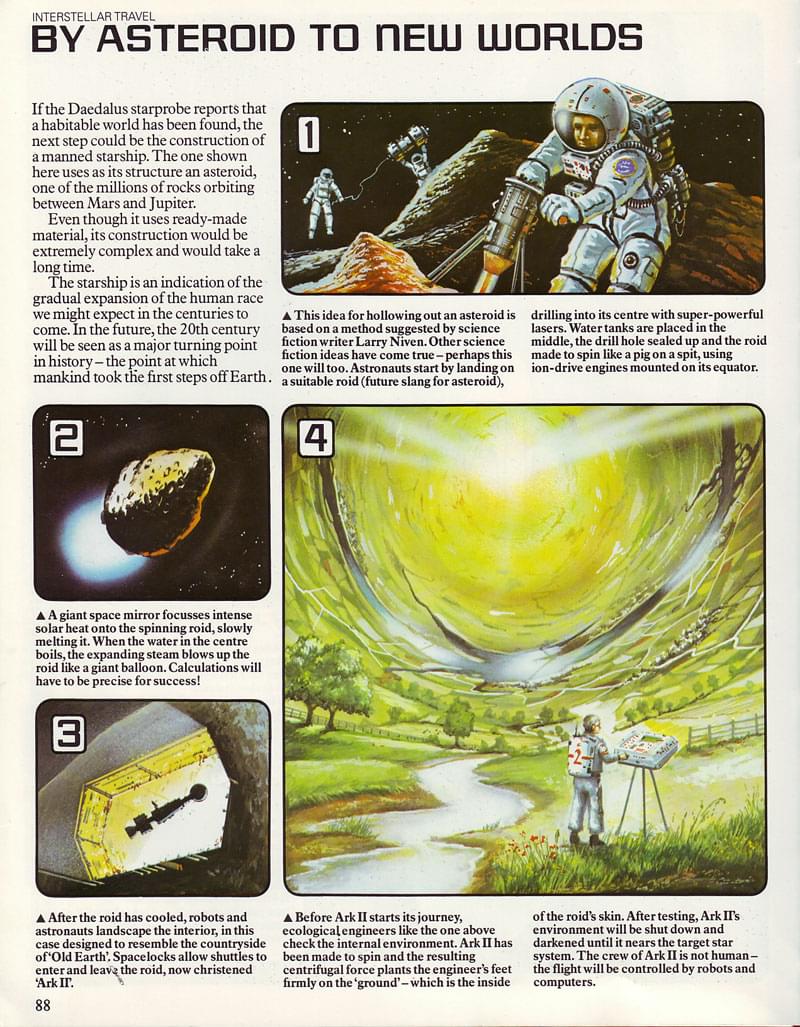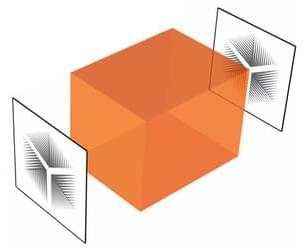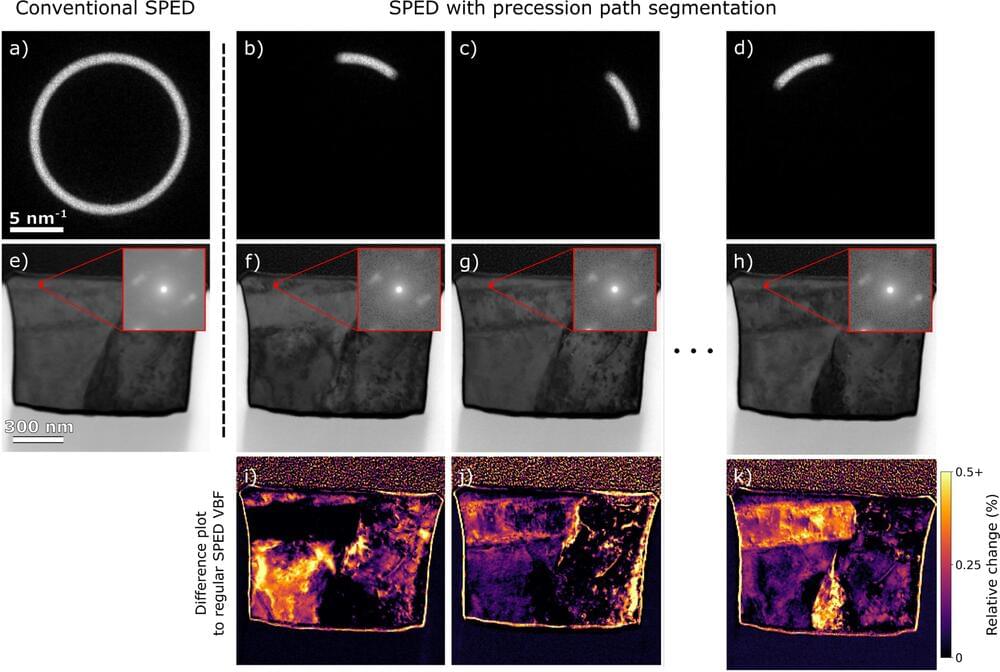
“We are interested in studying shear deformation on icy moons because that type of faulting can facilitate the exchange of surface and subsurface materials through shear heating processes, potentially creating environments conducive for the emergence of life,” said Dr. Liliane Burkhard.
Two recent studies published in Icarus examine tectonic processes known as shear stresses which are also referred to as strike-slip faults on Saturn’s largest moon, Titan, and Saturn’s largest moon, Ganymede. While such processes are common on Earth, specifically with the San Andreas Fault in northern California, and have been observed on several icy moons throughout the solar system, these two studies hope to shed new light on the inner workings that cause these processes to occur on Titan and Ganymede, the latter of which is the largest moon in the solar system.
True color image of Saturn’s largest moon, Titan, passing in front of the ringed planet taken by NASA’s Cassini spacecraft. (Credit: NASA/JPL-Caltech/Space Science Institute)
Continue reading “Titan and Ganymede Revealed: Understanding Shear Deformation on Icy Moons” »

